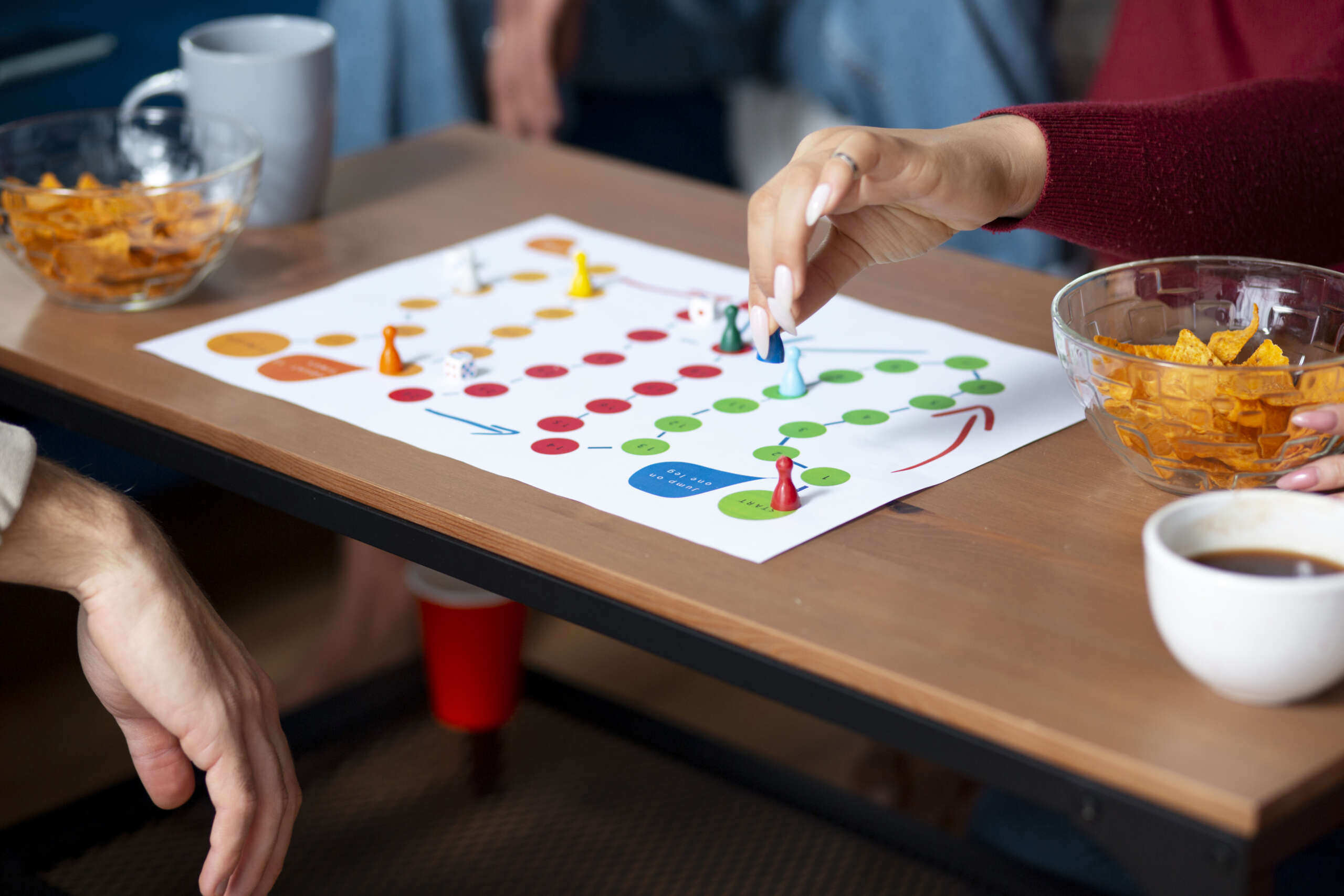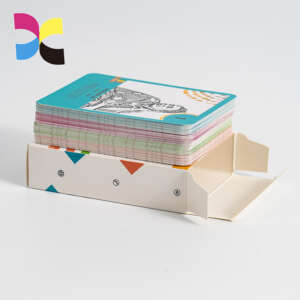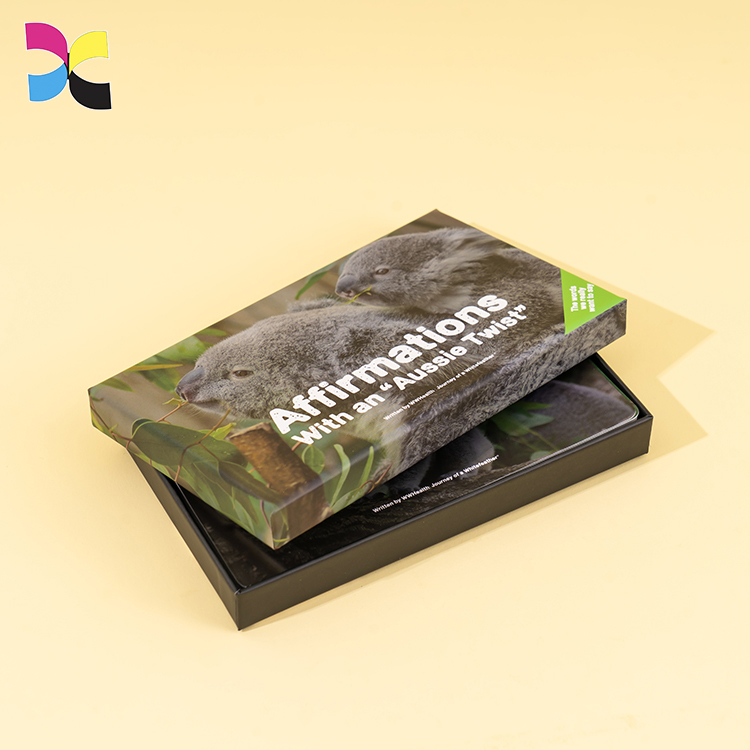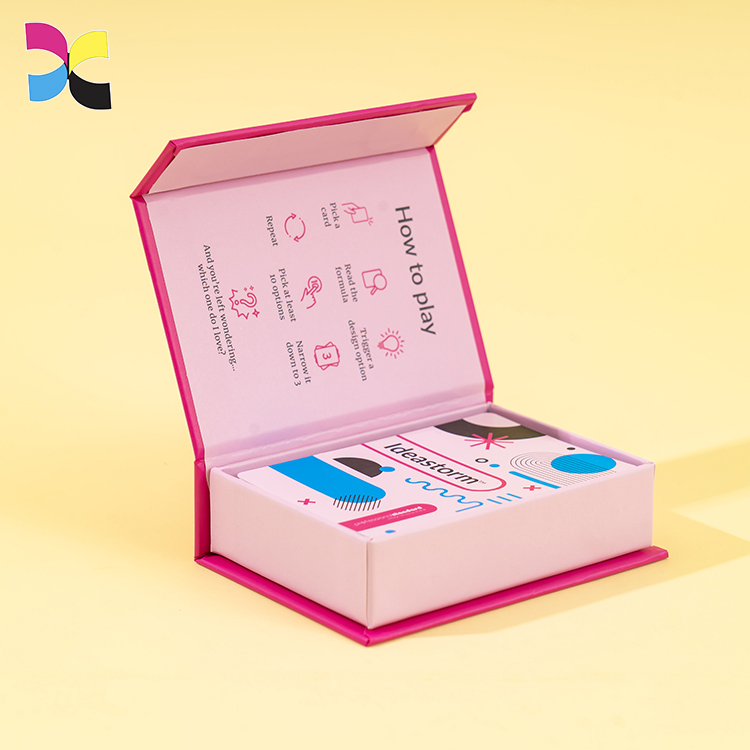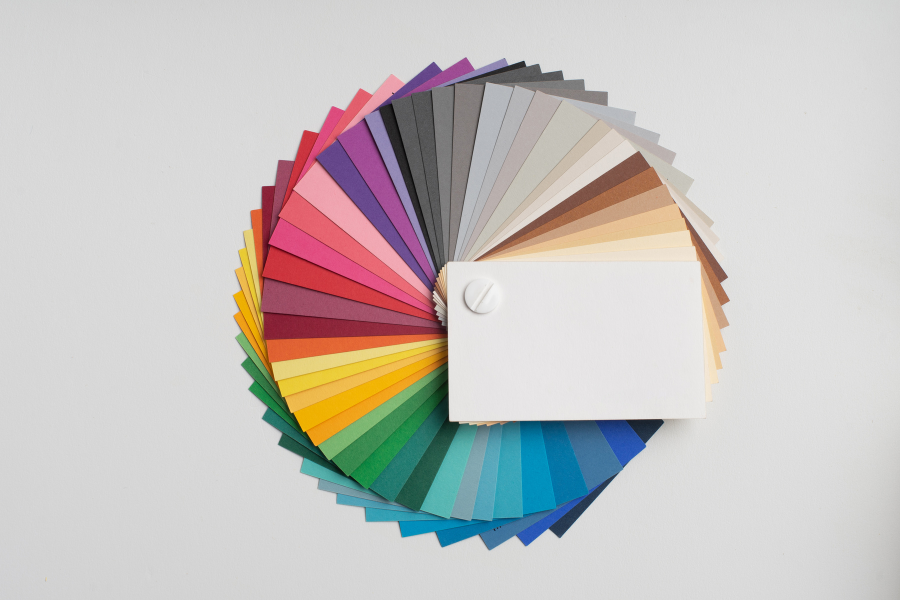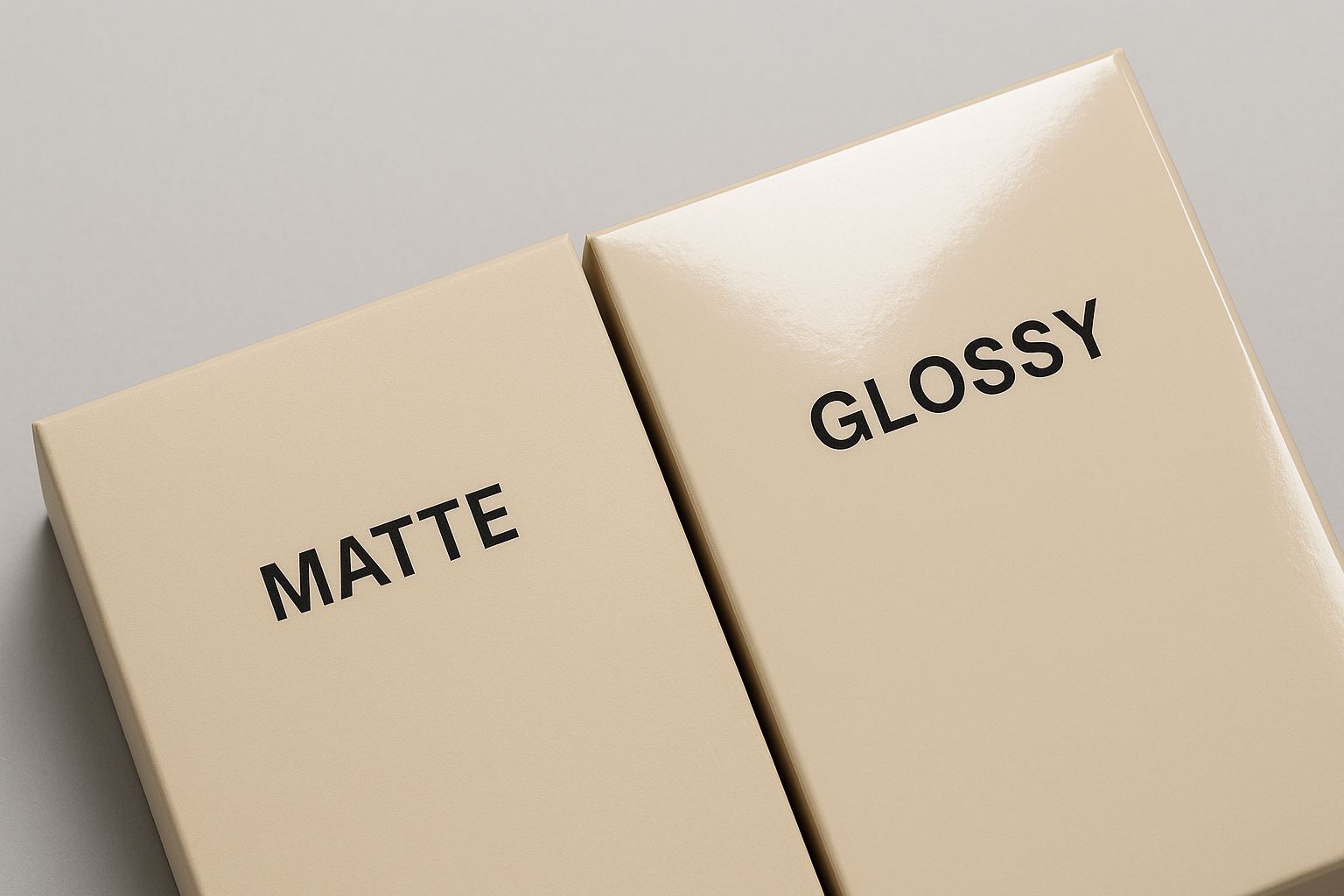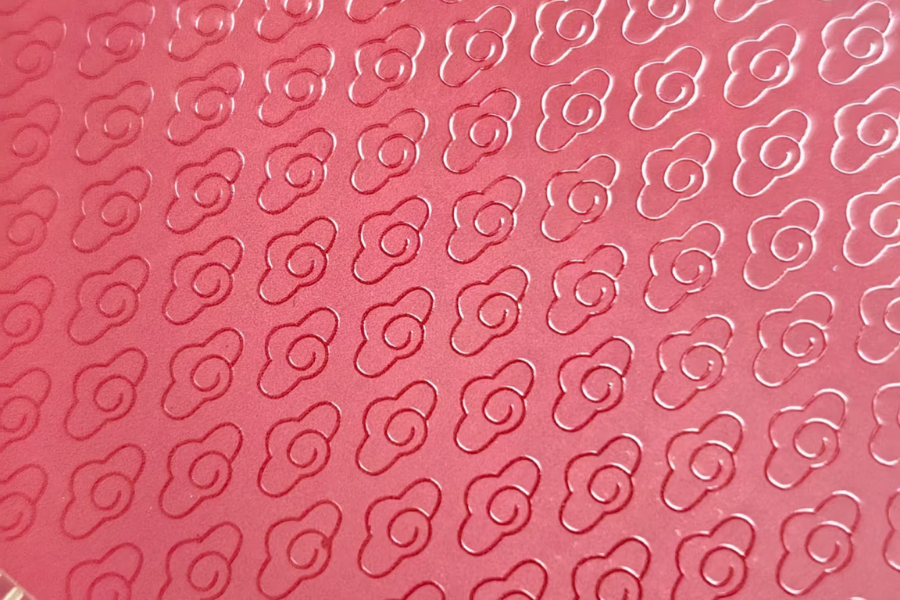Listen up, fellow humans! In a world where our eyeballs are glued to screens 24/7 (looking at you, TikTok doomscroll), board games are the rebellious little heroes forcing us to actually look at our friends’ faces. Shocking, right?
Whether you’re arguing over Monopoly rent, accidentally revealing you’re the werewolf after three margaritas, or pretending to be a detective in a script-killing game (“I swear it wasn’t me—unless the script says it was!”), desk games are the OG social network. No Wi-Fi required, just snacks and occasional tears.
So you’ve decided to design your OWN game? Bold move—and we love it. Fantastic! But first, let’s address the elephant in the room:
How much cash will this masterpiece suck from your bank account? (Spoiler: More than your avocado toast budget.)
What ridiculous accessories can you add to make players go, “Wait, why is there a glitter cannon in Box 3?”
Grab your dice and let’s dive into the glorious chaos of game design. Warning: May cause sudden urges to laminate everything.
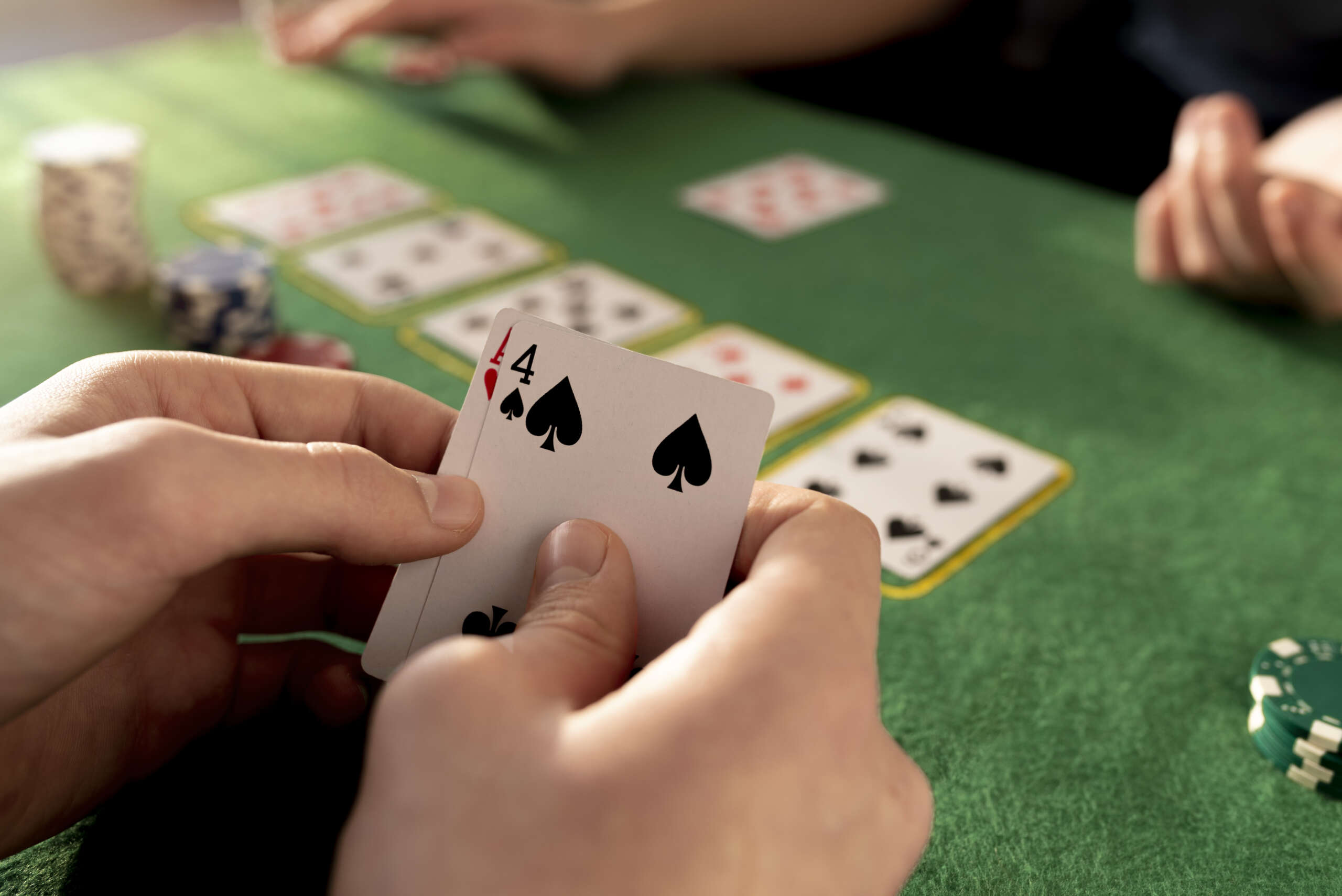
What are board games made of?
Before you panic-Google “how much does it cost to make custom cards,” take a breath.
First, let’s figure out what we’re actually talking about here. Because a deck of cards isn’t just “52 pieces of paper and a dream.” It’s a glorious little package of design decisions, material options, and print choices.
So, before we dive into the numbers, let’s break down what goes into a custom deck (spoiler: it’s more than just choosing between glossy or matte).
A standard card game should include one or more of the following products:
- card
- game board
- cardboard screen
- rulebook
- punch board
- packaging box
1.Card
I know you’ve already got your dream deck mapped out—card count, content, maybe even a holographic unicorn on the back.
But before you hit “print,” let’s talk about card sizes. Because yes, size does matter… at least when it comes to shuffling, packaging, and making sure it actually fits in the box.
| Popular Size | Dimensions (mm / inches) | Corner Radius |
|---|---|---|
| Mini American cards | 41 × 63 mm (1.61″ × 2.48″) | – |
| Mini European cards | 44 × 67 mm (1.73″ × 2.64″) | – |
| Bridge cards | 57 × 89 mm (2.25″ × 3.5″) | R4 |
| Poker cards | 63 × 88 mm (2.48″ × 3.46″) | R3 |
| Tarot cards | 70 × 120 mm (2.76″ × 4.72″) | R6 |
| Jumbo cards | 88.5 × 126.5 mm (3.46″ × 4.96″) | R5 |
| Small square cards | 64 × 64 mm (2.5″ × 2.5″) | R7 |
| Medium square cards | 70 × 70 mm (2.76″ × 2.76″) | R5.5 |
| Large square cards | 88.9 × 88.9 mm (3.5″ × 3.5″) | R7 |
Once you’ve locked in the size and quantity of your cards, you’re officially ready to enter the wonderful world of ballpark pricing.
It won’t be laser-precise just yet—but hey, you’ll finally have a number to scribble on your napkin next to “Game Name TBD.”
2.Game Board
If your game involves movement, territory control, resource placement—or you just want to tell a story that unfolds across a landscape—then yes, you’re going to need a game board.
This is the physical (or digital) centerpiece of your tabletop world. It’s not just decoration; it’s the arena, the battlefield, the narrative canvas.
Game boards typically come in two main formats:
Bi-fold game board (folds once down the middle)
Quad-fold game board (folds into quarters for more compact packaging)
Choosing the right board format depends on your game size, box size, and how epic you want the experience to feel.
When it comes to making game boards, durability is key—because no one wants their battlefield falling apart mid-game.Adding a game board to your game will also become your main expense.
That’s why we typically use a combination of art paper, gray chipboard, and black core card stock. These materials strike a balance between sturdiness, print quality, and that satisfying “thunk” when the board hits the table.
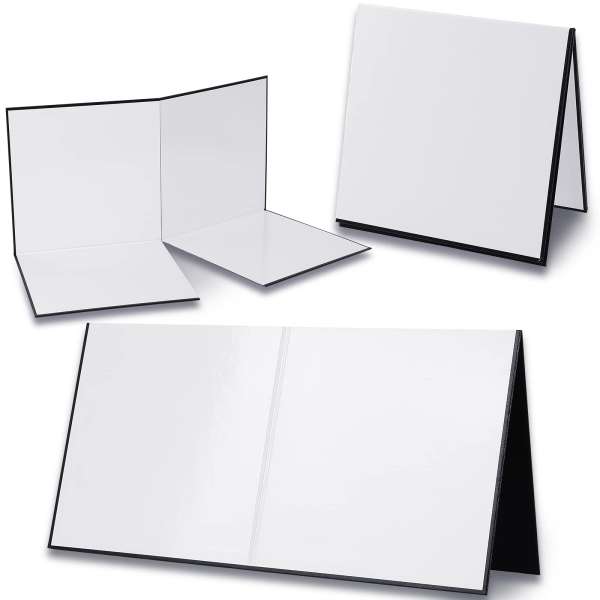
3.Cardboard Screens
Thinking about adding a player screen to your game—like the ones in Ticket to Ride?Good call. In team games or anything involving secret stashes, a screen isn’t just a privacy shield—it’s a tiny fortress of solitude (with maybe some badly hidden coins behind it).But how big should it be?Well… that depends. Are you hiding a few measly tokens? Or planning to run a black-market economy back there?
| Design Principle | Game Type & Examples | Recommended Screen Size |
|---|---|---|
| Complete hand concealment + rule reference | Card-based games (e.g. Twilight Struggle) | 30 cm (H) × 20 cm (W) per player |
| Covering personal boards + resource pools | Board games (e.g. Brass: Birmingham) | 35 cm (H) × 25 cm (W) per player |
| Bidirectional blocking + shared visibility | Team battles (e.g. Codenames) | 40 cm (H) × 60 cm (W) per team |
In order to make the screen stand up, its material is generally made of gray CCNB and grey board.

4.Rulebook
Sure, a video can teach players how to play your game in a super intuitive way—but let’s be real, the rulebook isn’t going anywhere.It’s still your trusty backup when someone says, “Wait, can you actually do that?” Plus, it won’t eat up your budget (or your Wi-Fi).
Now the real question is: how do you want to present it?
A sleek little booklet? A folded sheet that screams “retro charm”? Decisions, decisions…
5.Punchboard
Thinking about adding virtual currency to your game? Paper coins might just be your new best friend.They’re lightweight, cheap (we’re talking around $0.02 each!), and surprisingly versatile. Sure, they can be traded like real money—but they can also mark player status, act as collectibles, or just make your game feel more real.And get this: tests show that including punchboard can help players grasp your rules 18% faster. That’s right—tiny paper circles = big brain energy.Plus, they won’t bulk up your game box, making them perfect for portable play—whether it’s game night at home or a spontaneous tabletop showdown at a café.
6.Packaging Box
Let’s be honest—no one’s going to notice your game unless the box is an absolute showstopper.You could have invented the next Catan, but if your packaging screams “generic prototype,” it’s staying on the shelf. First impressions matter—and in the world of board games, the box is the first impression.
If this is your first time making a card game—congrats, and buckle up.You’re about to discover that there are way more packaging options than you ever expected.Tuck boxes, rigid boxes, magnetic lids, sleeves… who knew storing cards could feel like a design puzzle of its own?
1.Tuck Box
The tuck box is the classic choice—think standard poker deck, flap neatly tucked into the top.It’s lightweight, compact, and super budget-friendly. The standard tuck box usually bears about 150g, which is sturdy enough for casual handling and game nights that get a little competitive.If you’re keeping the print design simple (no foil, no fancy finishes), the cost stays low—perfect for first-time creators or budget-conscious projects.Let’s put it this way: if you’re watching your wallet, the tuck box is your best friend.But it also has its shortcomings.
2.Rigid Box
The fancy, sturdy box that screams: “I’m a real product.”We’re talking about the rigid box—a premium packaging choice for card games that want to feel collectible, not disposable.Compared to a basic tuck box, it offers better protection, a more satisfying open-and-close experience, and a serious upgrade in presentation. Add some 3D embossing or hot foil stamping, and suddenly your game doesn’t just play well—it feels expensive.But here’s the tradeoff:More materials = more weight = higher customization costs and shipping fees. It’s a box that brings the wow factor… and a slightly higher invoice.
3.Magnetic Box
If you’re chasing that premium “wow” factor, magnetic boxes are hard to beat.Nothing matches the satisfying click of a magnetic closure—it’s like your game is whispering, “Yeah, I’m fancy.”That opening moment? Pure drama. Instant upgrade to the player experience.Box opens with a satisfying click. Very gift-worthy.
Sure, the cost is higher, but so is the vibe.Magnetic boxes offer excellent protection, help keep out dust, and feel like something you’d proudly put on a shelf—not stuff in a drawer. That’s why they’re often the go-to for limited editions, collector’s editions, or high-end games that want to make a lasting impression.
4.Drawer Box
The drawer box is the secret weapon of LCGs and TCGs—it’s basically a storage chest disguised as packaging.Cards slide out like a little drawer. Surprisingly elegant.If your game includes multiple card types or decks that need to stay organized, this box is your MVP.
Drawer boxes often include dividers, so you can neatly separate different card categories without everything turning into a chaotic pile. Compared to other box types, they also hold a larger number of cards while keeping things sorted—a big win for hardcore collectors and serious players.That said, drawer boxes are pretty niche. They shine in games that require long-term organization, but for most casual games, they’re probably overkill.
PRO:
- Unique structure
- Keeps components snug
Cons:
- Custom size = higher cost
- Not beginner-friendly
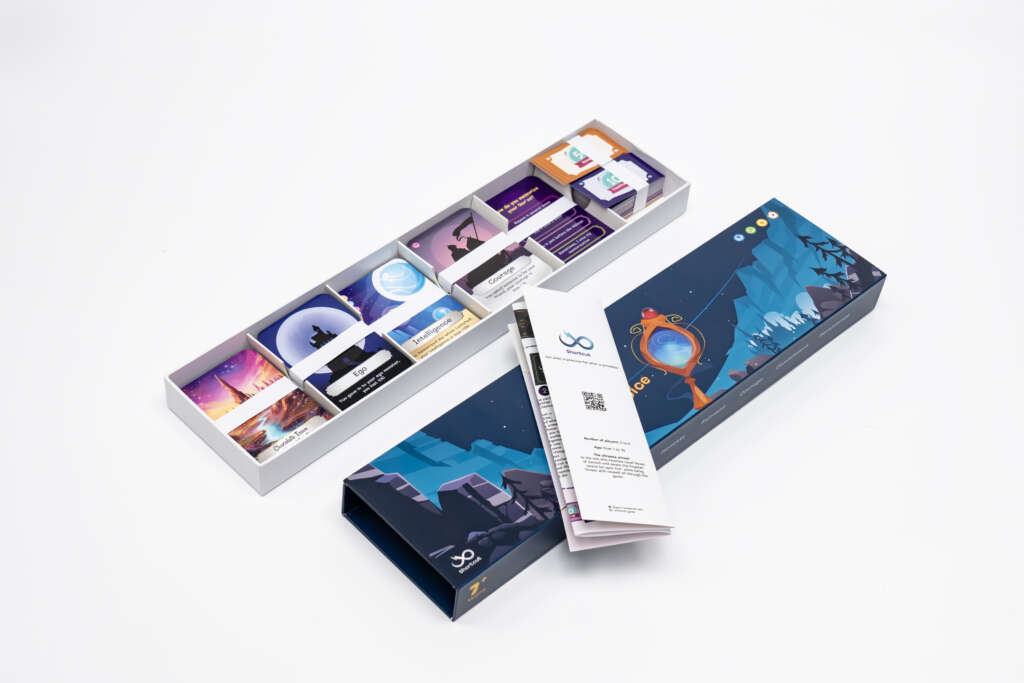
5.Other Box
Our factory has specialized in custom card production for 27 years, and the box types above are simply the most popular choices among our clients.Of course, there are plenty of others—plastic boxes, wooden boxes, aluminum cases… you name it. At the end of the day, it all comes down to your budget and your vision.
There’s no one-size-fits-all “best” box.
The right box is the one that delivers the best experience within your budget—whether that means sleek and simple or bold and luxurious.
If you’ve got all the info above figured out, chances are you’ll get a quote from the sales team faster than you can say “shuffle.”But—and it’s a big but—if you’re thinking about adding some of the following board game accessories, well… that’s a whole new pricing ball game.
What are some common board game accessories?
Most basic accessories won’t break the bank.They usually take up just a small fraction of your overall card game budget. The real question isn’t “Can I afford it?” — it’s “Do I actually need it?” and “Will it even fit in the box?”
Because let’s face it: no one wants to design the perfect game only to realize the sand timer doesn’t fit and the meeples are jammed into a corner.
1.Sand Timer
It’s simple, it’s dramatic, and it keeps the game moving—because no one wants to wait five minutes while Uncle Bob debates card placement.
The most common time options are:
30 seconds – Fast-paced, perfect for party games and speed rounds
60 seconds – A solid middle ground for thinking just enough
120 seconds – For games that need a bit more breathing room (or dramatic suspense)
They’re small, lightweight, and low-cost—yet they instantly add energy to your gameplay.
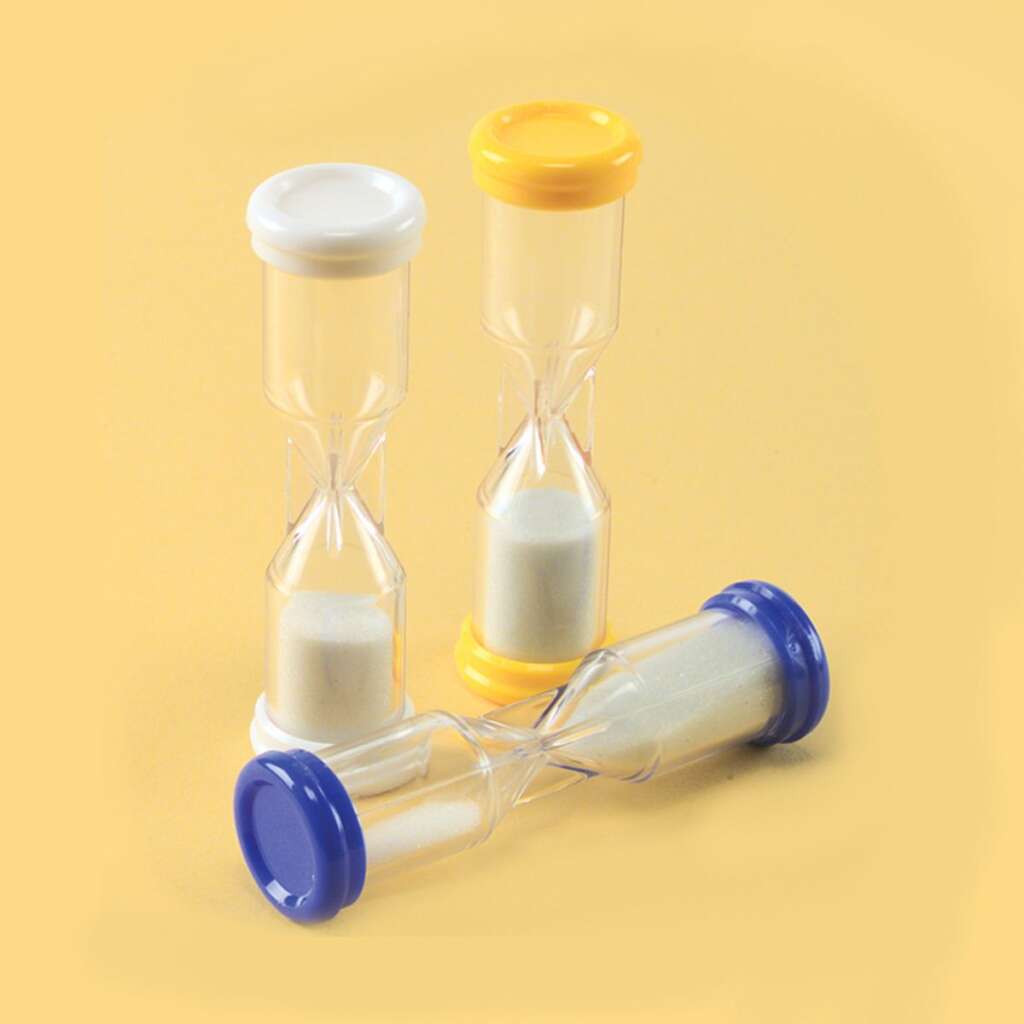
2.Dice
How Many Sides Can a Die Have?Most people know the classic 6-sided die (D6)—the one you rolled in Monopoly as a kid.
But welcome to the world of tabletop games, where dice come in all shapes and levels of chaos:
D4 – The sneaky little pyramid. Great for low-stakes randomness and stabbing your foot.
D6 – The standard. Reliable. Classic. Like jeans.
D8 – For when you need a few more options and a cooler shape.
D10 – Often used in RPGs and probability-heavy games.
D12 – Less common, but oh-so-satisfying to roll.
D20 – The legendary one. Ask any Dungeons & Dragons player—they’ll tell you it holds power (and heartbreak).
So, yes—dice can have 4, 6, 8, 10, 12, even 20 sides, and they all bring different flavors of randomness to your game.
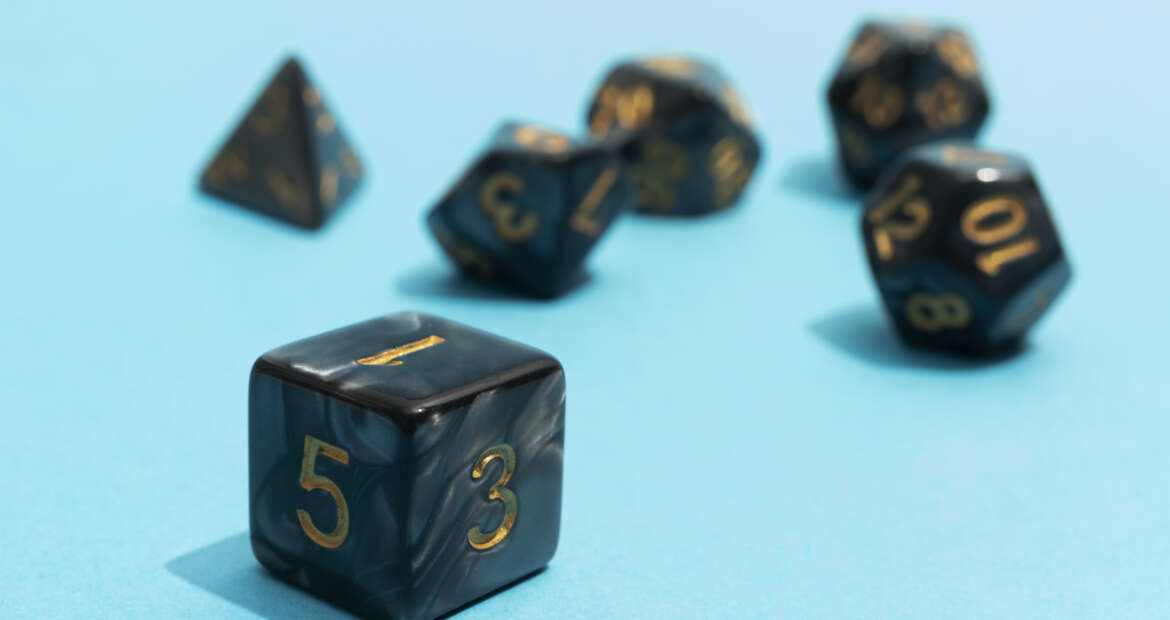
3.Game Tokens
Game pieces can turn your tabletop into a true 3D battlefield.Their presence usually signals a more intense, strategic kind of gameplay—think Go, chess, or epic territory-control games.In board games, these pieces can be made from wood or acrylic for simple, functional shapes. But if you’re going for vivid, detailed figures, you’ll want to look at metal or zinc alloy 3D models.As you might guess, wooden and acrylic pieces are fairly budget-friendly, while metal versions can crank your production cost up significantly—along with your game’s perceived value.
4.Card and Token Stands
Need a way to keep your hands free and your cards visible? Card stands are here to help—perfect for games that require hidden hands or vertical displays. They’re especially great for kids (or clumsy adults) who tend to knock things over.Token stands, on the other hand, are ideal when you want to stand up cardboard characters, markers, or map pieces without going full 3D miniature. Just slot and go—no glue, no mess, just instant upright action.
They’re cheap, reusable, and take your tabletop organization from “meh” to “nice!”Just make sure your box has enough room for them, especially if you’re using chunky acrylic or plastic versions.
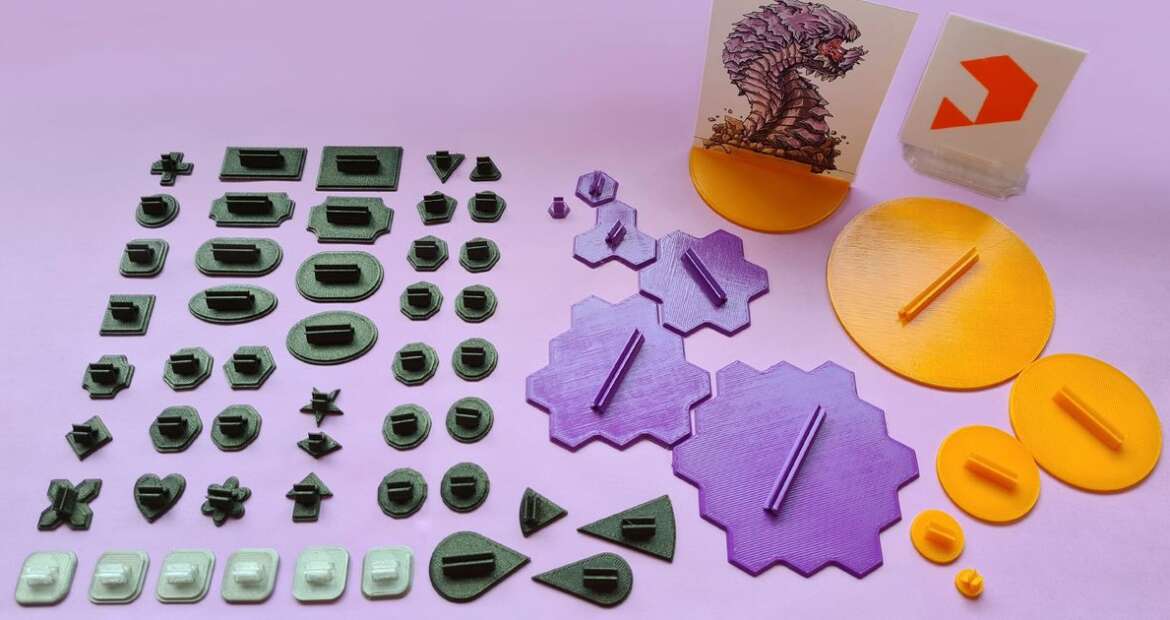
Maybe you have other weird or wonderful accessories in mind—and yes, we can help you customize those too.
But if I’m being honest, the most important accessory any game truly needs… is just one thing:
A friend.
Because no matter how fancy the box is or how shiny the tokens are, it’s the people around the table that bring your game to life.And this is the only one where we cannot meet the customer’s customization requirements
If you’re designing a card game for parties—or if party fun is the heart of your game—this is one of the most important things to keep in mind during development.And when you’re ready to bring your creation to life, we’d be thrilled to be the team that helps you take that final step.
Of course, even if you’re still exploring, we’re more than happy to provide a quote or share suggestions to support your planning process.
Feel free to reach out—your idea might just be the next party hit waiting to happen.

